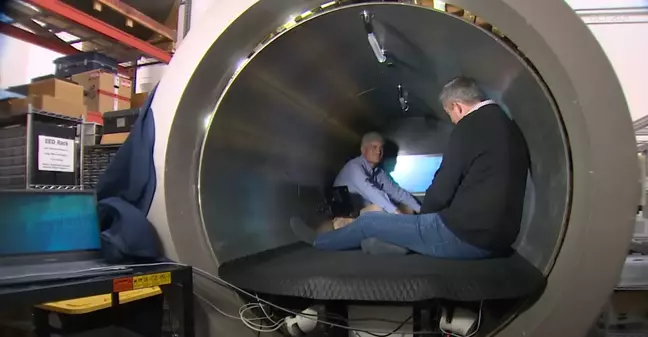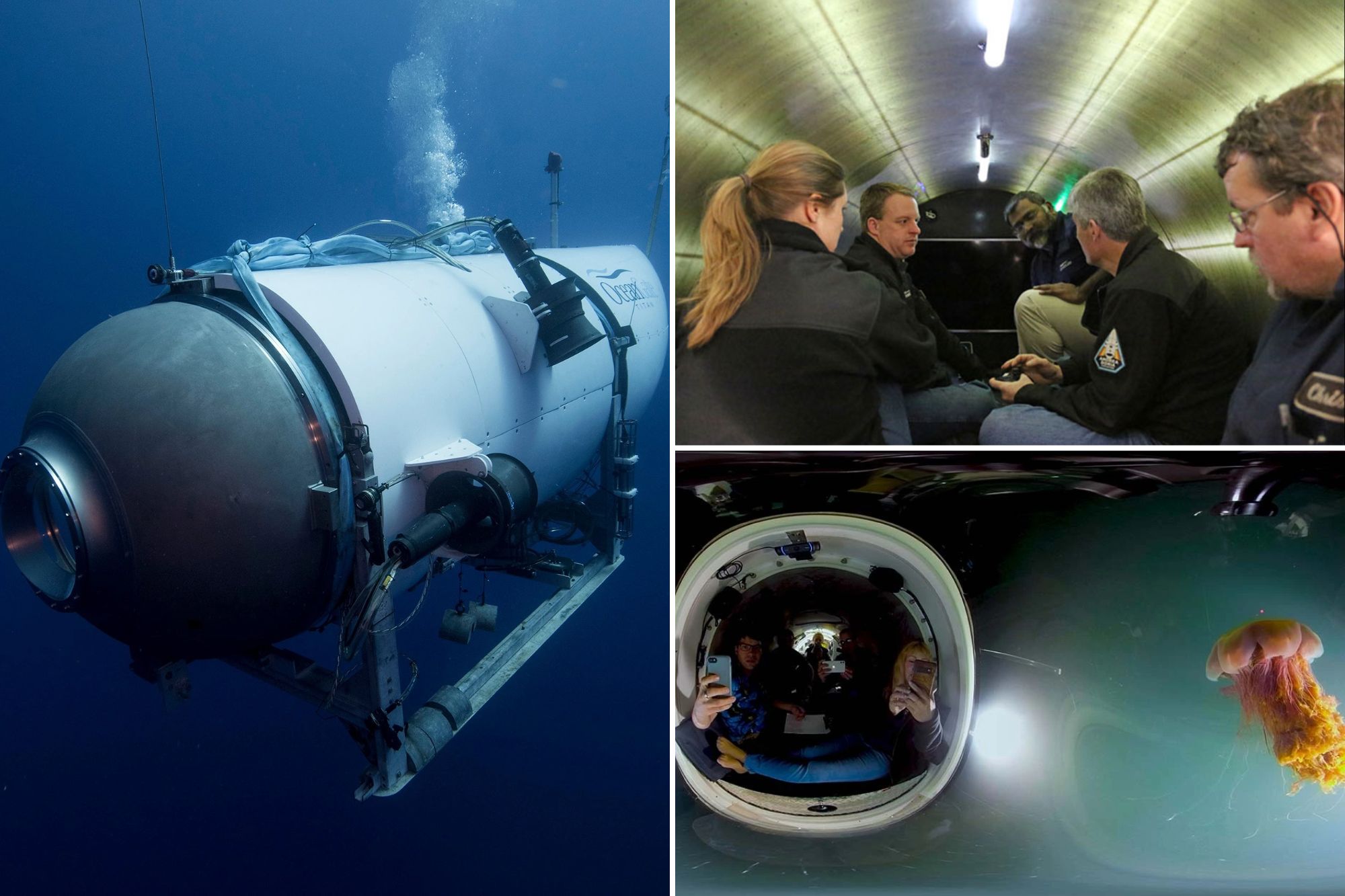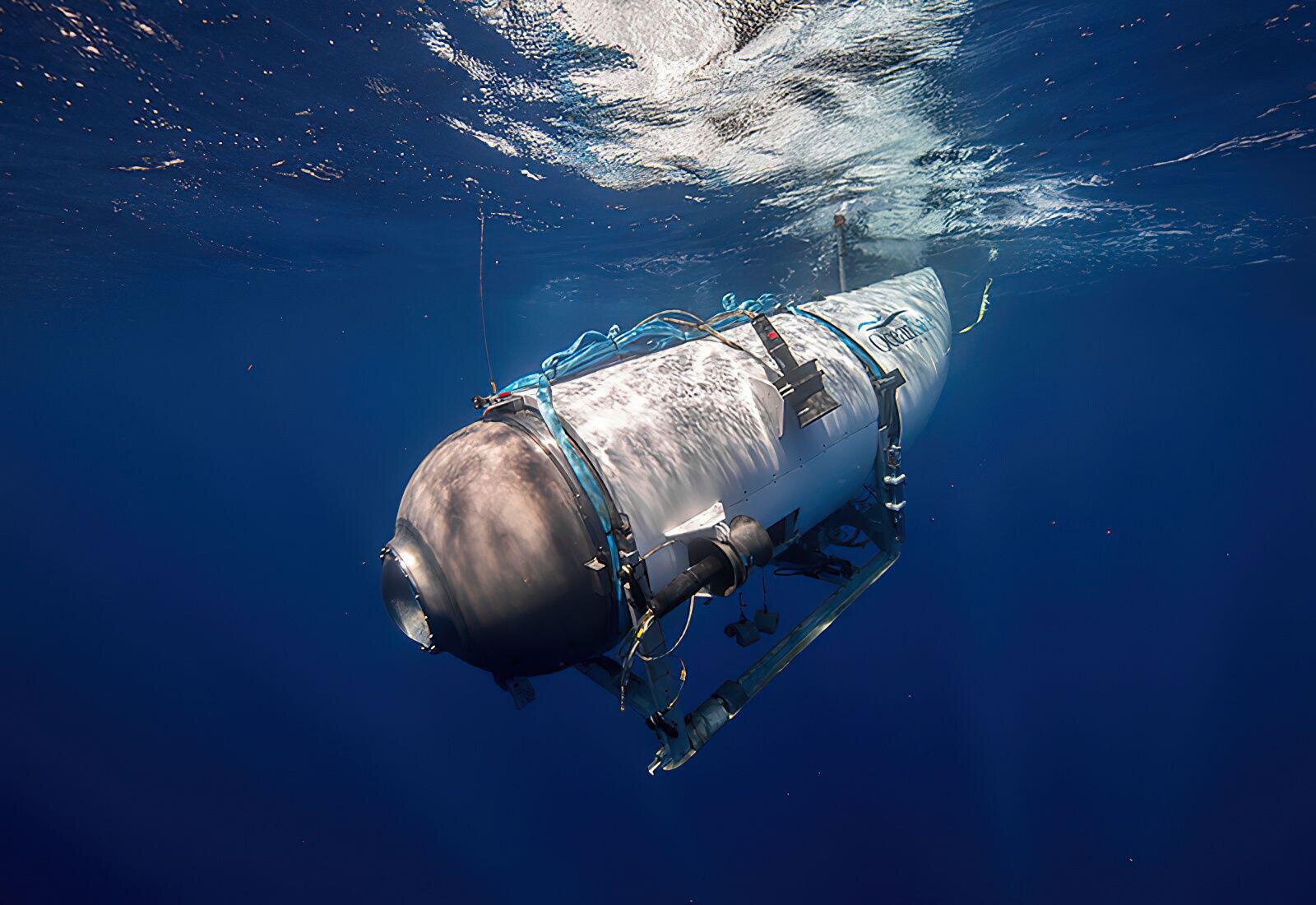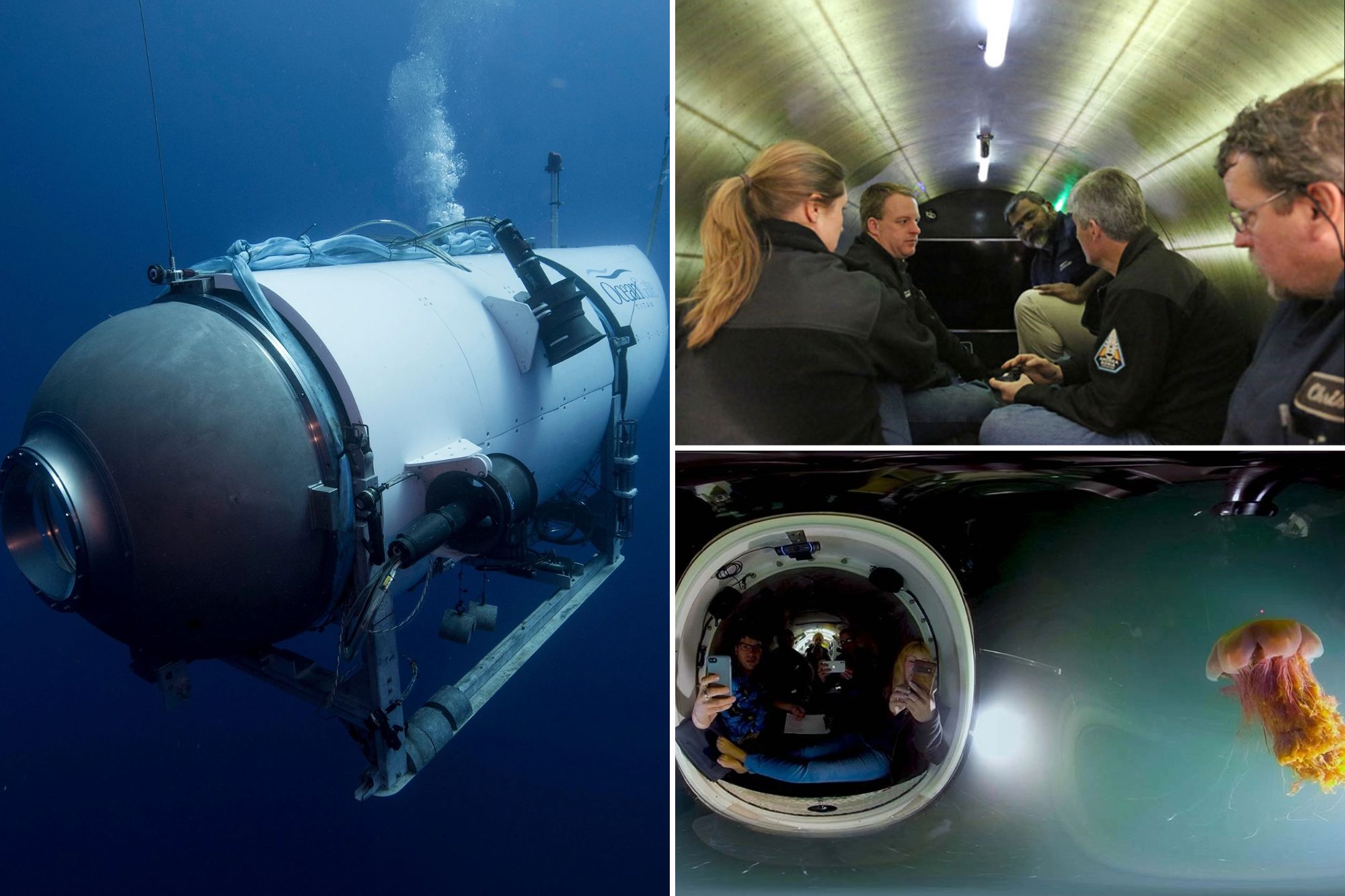Have you ever wondered what it would be like to explore the depths of the ocean? The missing submersible during a Titanic tour has brought attention to the claustrophobic conditions that passengers endure while descending into the abyss.
Let’s take a closer look at the situation and understand the challenges faced by those inside the tiny craft.
The Tiny Submersible Craft: A Minivan-Sized Capsule
The submersible currently missing at the bottom of the Atlantic Ocean has dimensions of 263 inches x 110 inches x 98 inches. To put it simply, being inside it is about the same as being in a minivan.
The craft, known as OceanGate’s Titan submersible, was exploring the underwater gravesite of the Titanic when it lost contact with its surface crew on June 18.
No Escape: Bolted Into the Underwater Craft

Passengers inside it are bolted into the craft, making escape impossible once submerged. This lack of options adds to the claustrophobic nature of the experience. CBS journalist David Pogue, who had the opportunity to travel aboard the submersible last year, shared his insights on the situation.
He revealed that there is no backup plan or escape pod available. The only choice for those inside is to either reach the surface or face dire consequences.
Scarcity of Communication and Support
Communication with the outside world is severely limited for the passengers of the submersible. The craft lacks GPS capabilities or direct communication with the surface crew. Instead, it relies on a text message relay service with the support ship.

However, this communication is only possible when the support ship is directly above the submersible. The absence of constant communication adds to the sense of isolation and vulnerability experienced by those inside.
Social Media Reactions
Clips from a CBS documentary featuring the missing submersible have been circulating on social media, sparking various reactions.
Some individuals express disbelief at the seriousness of the creators behind the submersible, while others question the wisdom of voluntarily being locked inside such a tiny vessel. The confined space and inability to open the craft from the inside are points of concern for many.
A Challenging Search and Rescue Operation
The search and rescue operation for the missing submersible involves government agencies, navies from Canada and the US, and commercial deep-sea firms. Time is of the essence, as the five people on board the craft have limited air supply, estimated to last only 96 hours.
However, the difficult nature of the operation complicates the situation. The seabed is uneven, with debris scattered around, making it challenging to locate the submersible with sonar technology.
The Titanic Wreckage: An Even More Difficult Recovery Mission
If it is found and the passengers are alive, recovering them near the Titanic wreckage will present another set of obstacles. Retired UK navy rear admiral Chris Parry explains that the nature of the seabed, including the trench where the Titanic lies, adds complexity to the rescue mission.

The extreme depth, approximately 11,000 feet deeper than any successful undersea rescue so far, further emphasizes the difficulty of the task at hand.
This story during the Titanic tour reminds us of the extraordinary risks associated with deep-sea exploration. The cramped conditions, limited communication, and treacherous environment highlight the bravery and dedication of those involved in underwater expeditions.
As the search continues, we hope for a successful outcome and the safe return of the passengers aboard the submersible.
With its unique and intriguing subject matter, the story of the missing submersible is bound to captivate audiences around the world.
The attention it has garnered on social media serves as a testament to our fascination with the mysteries of the deep ocean and the indomitable human spirit in the face of adversity.
For more updates on the search and rescue mission and the latest developments regarding the missing submersible, stay tuned to hiptoro.









